In simple words, an amphibious car is a car that can operate on land and water. They offer high performance and are highly versatile, making them flexible and convenient for those who want to explore various environments. From fast-racing cars and rugged off-road vehicles to luxury boats and yachts that offer high performance on land, amphibious vehicles serve people’s different interests. These extraordinary vehicles are an exciting advancement in the industry and offer their services for rescue operations and adventure. Here are 10 amphibious vehicles that can go from land to water seamlessly.
Gibbs Quadski
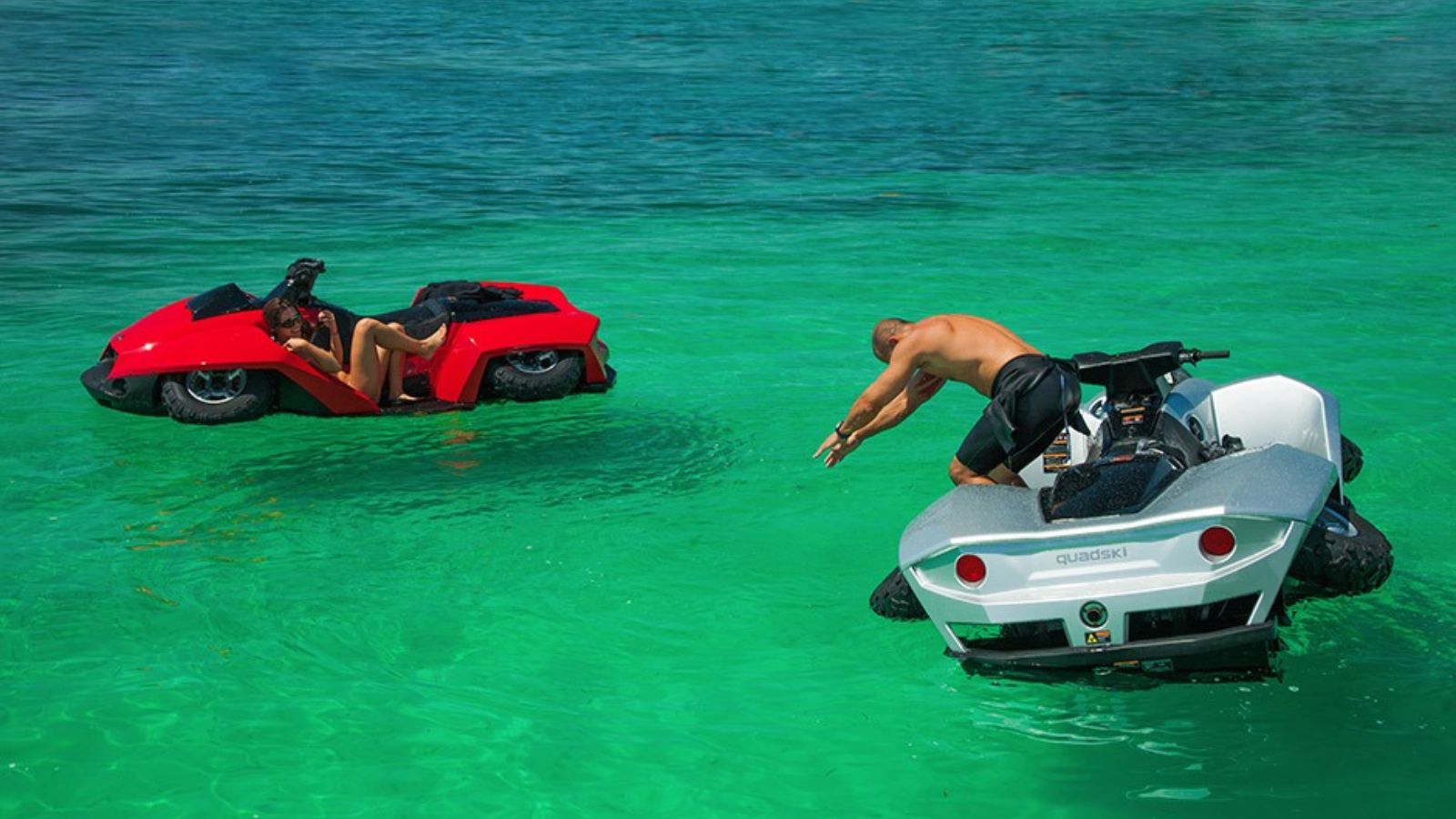
The Gibbs Quadski offers the perfect blend of land and water adventure. It’s an amphibious vehicle that combines the thrill of an ATV with the power of a watercraft. It has a respectable speed of 45 mph and is powered by a 1.3-liter BMW K1300 engine. Currently, the vehicle is one of the best in this category with its agility and precise handling. It can transition quickly between land and water. Its wheels retract, and a jet propulsion system kicks in as it enters the water.
WaterCar Panther
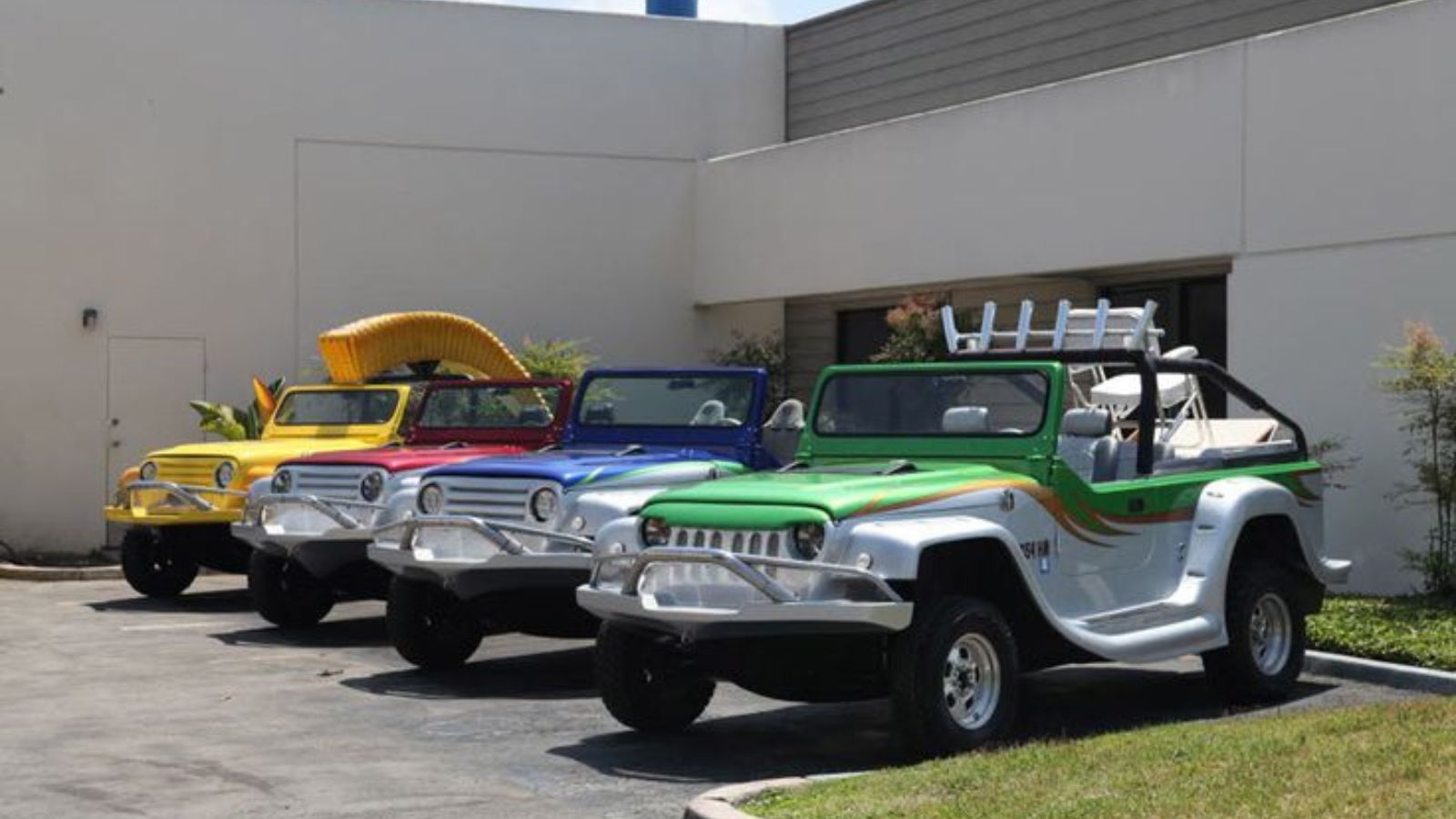
Launched in 2013, the WaterCar Panther took around 14 years of development after numerous failures. From a mere concept to a full-fledged amphibious vehicle that is commercially available, this vehicle can seamlessly transition from land to water. Powered by a 3.7-liter V6 Honda engine, the vehicle can achieve a top speed of 80 mph on both land and water. It features an SUV-inspired design and is equipped with a jet propulsion system, taking only 15 seconds to transition between terrains.
Amphicar Model 770
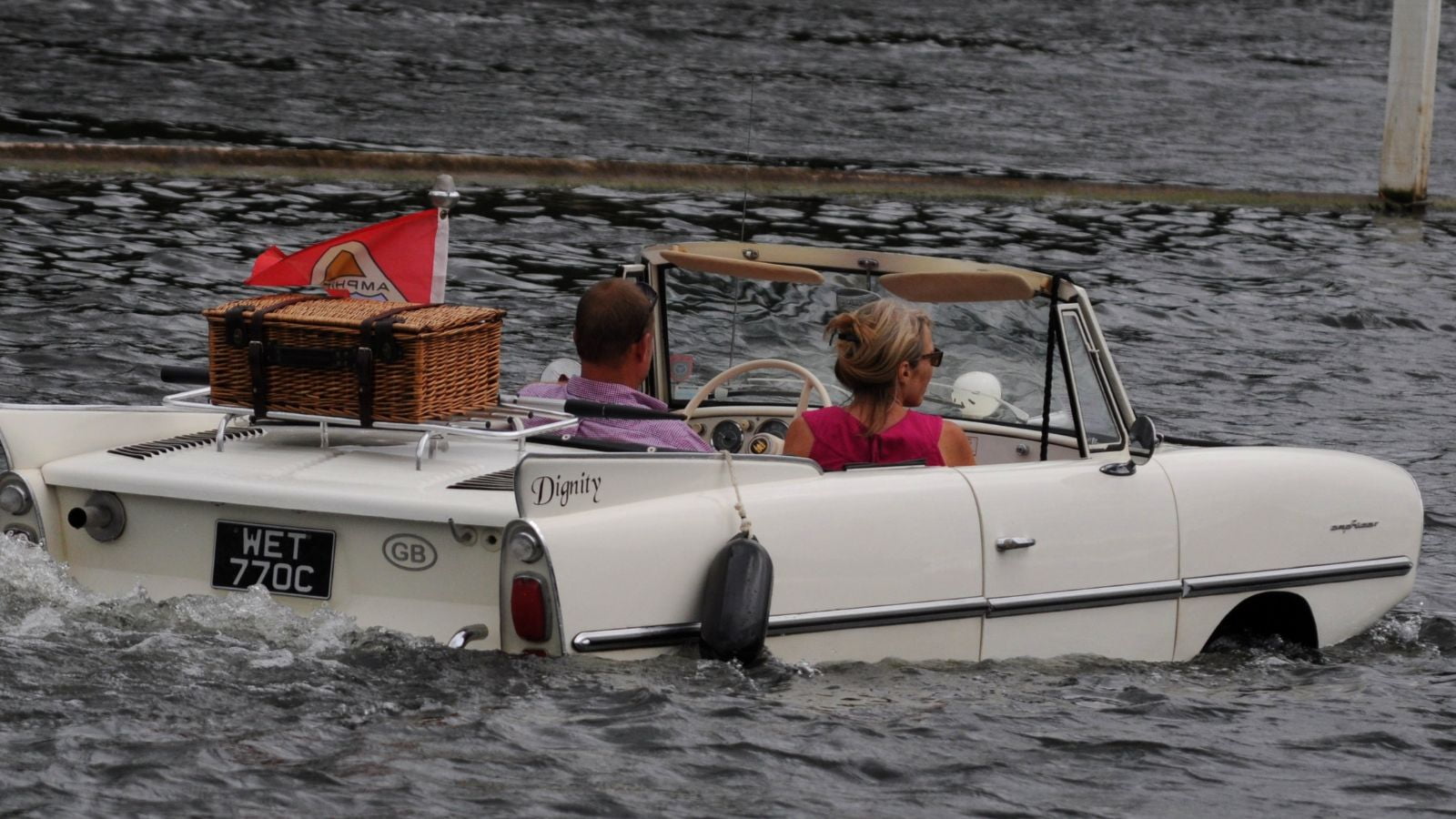
Diving into the archives, the Amphicar Model 770 was the first amphibious vehicle ever created. It was produced from 1961 to 1965 and has been captivating the audience since its first appearance at the New York Auto Show. Powered by a 1.2-liter Triumph Herald engine, it achieved a top speed of 70 mph on land and 7 knots on water. It was able to transition seamlessly into water mode by activating the twin propellers located at the rear. Despite a moderate performance, it laid down the bedrock for amphibious vehicles.
Gibbs Aquada
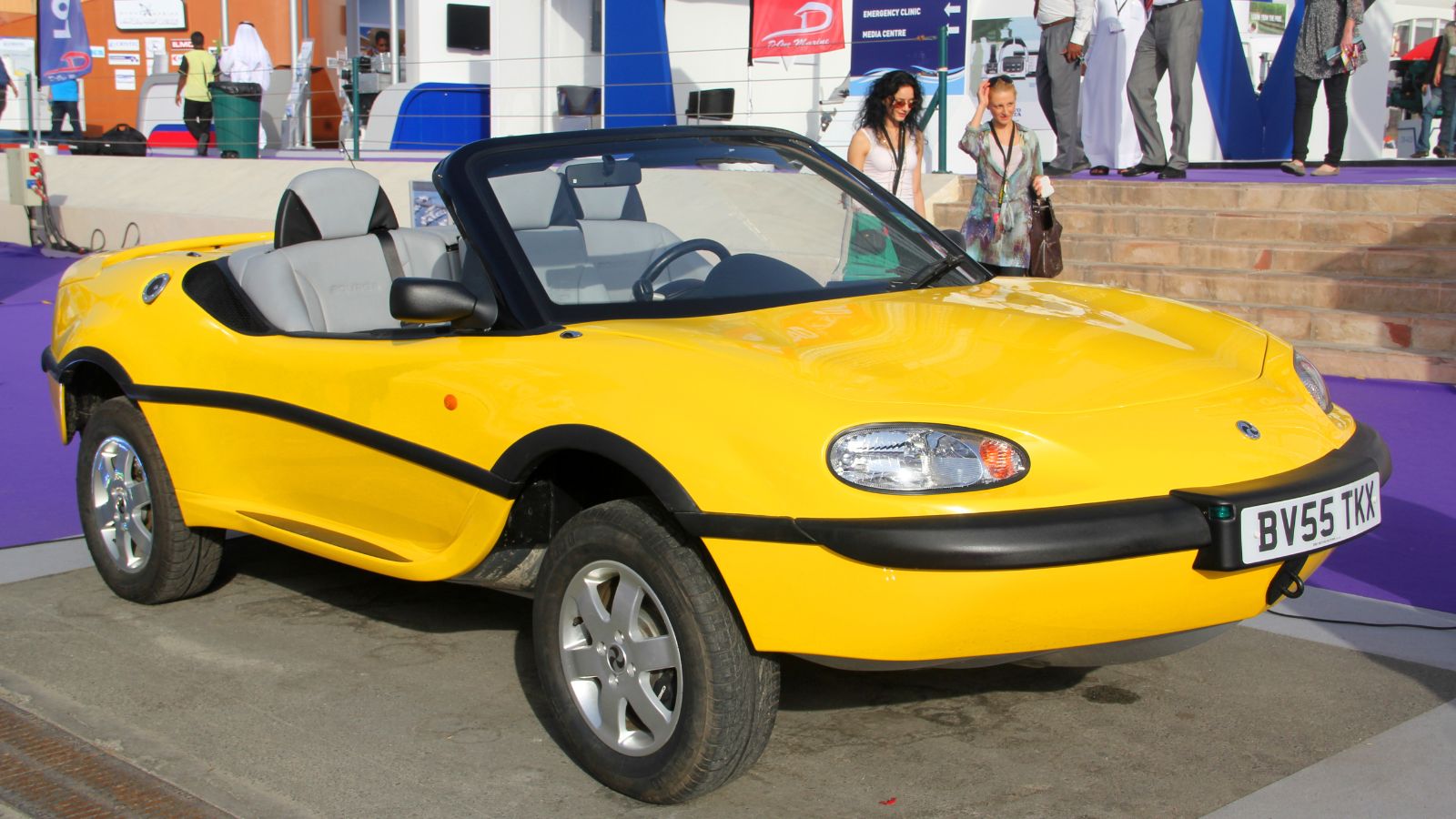
Another fascinating vehicle by Gibbs, produced from 2003 to 2004, showcased amphibious vehicles’ potential. The aim was to create a sporty and performance-oriented amphibious car, which it did by reaching impressive speeds. It reached 100 mph on land and 30 mph on water, switching with the help of a sophisticated hydraulic system. Powered by a 2.5-liter V6 engine, the vehicle crossed the English Channel in 1 hour and 40 minutes.
Sherp ATV
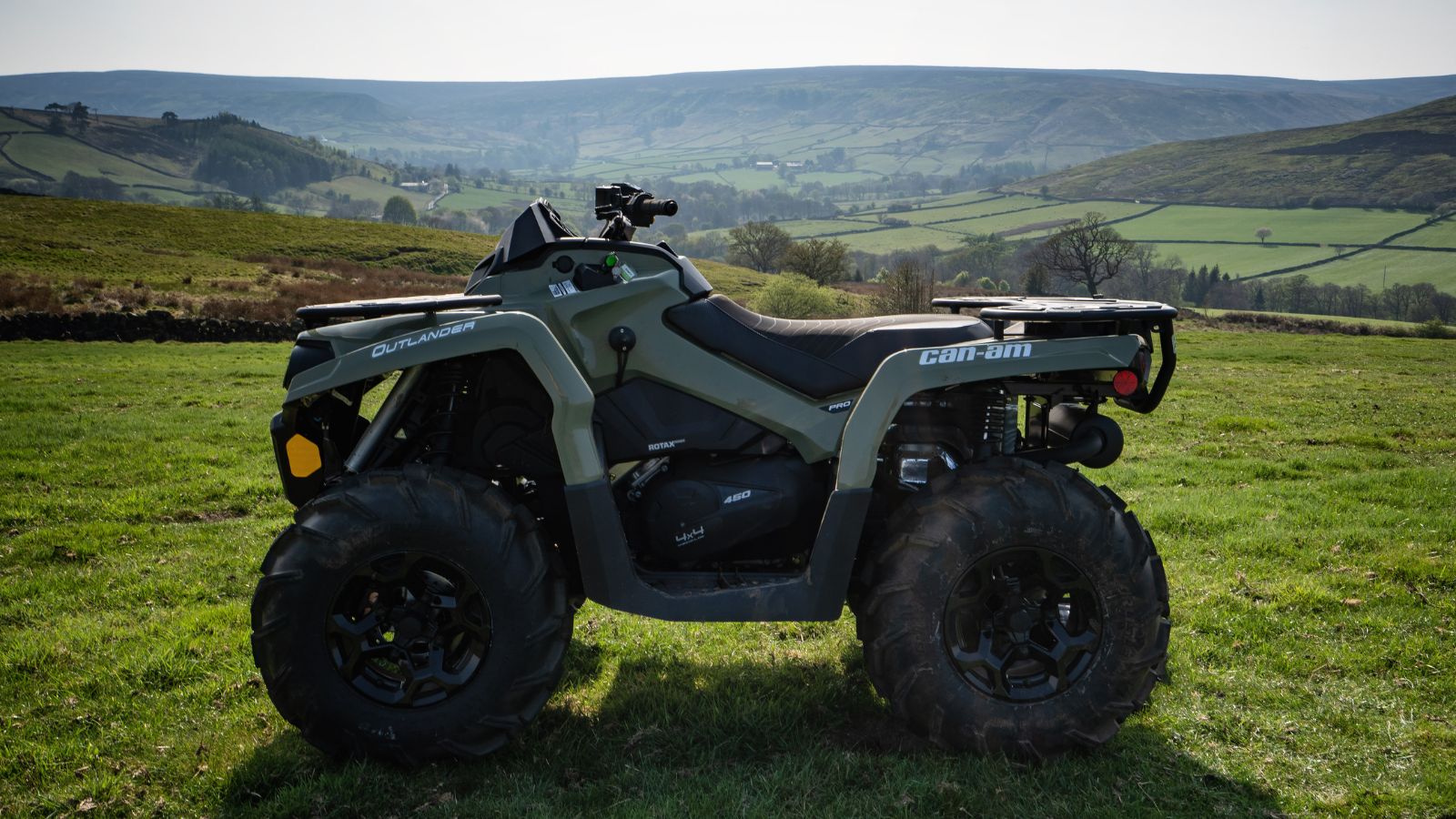
Be it land or water, the Sherp ATV is a groundbreaking vehicle designed for any condition. Designed in Russia, this vehicle has a very unconventional design, featuring extremely large tires. Powered by a 1.5-liter Kubota engine, it has a top speed of nearly 40 mph on land and 3.7 mph on water. Due to its size and extremely rugged nature, this vehicle can conquer water, snow, and mud terrains alike.
Rinspeed sQuba
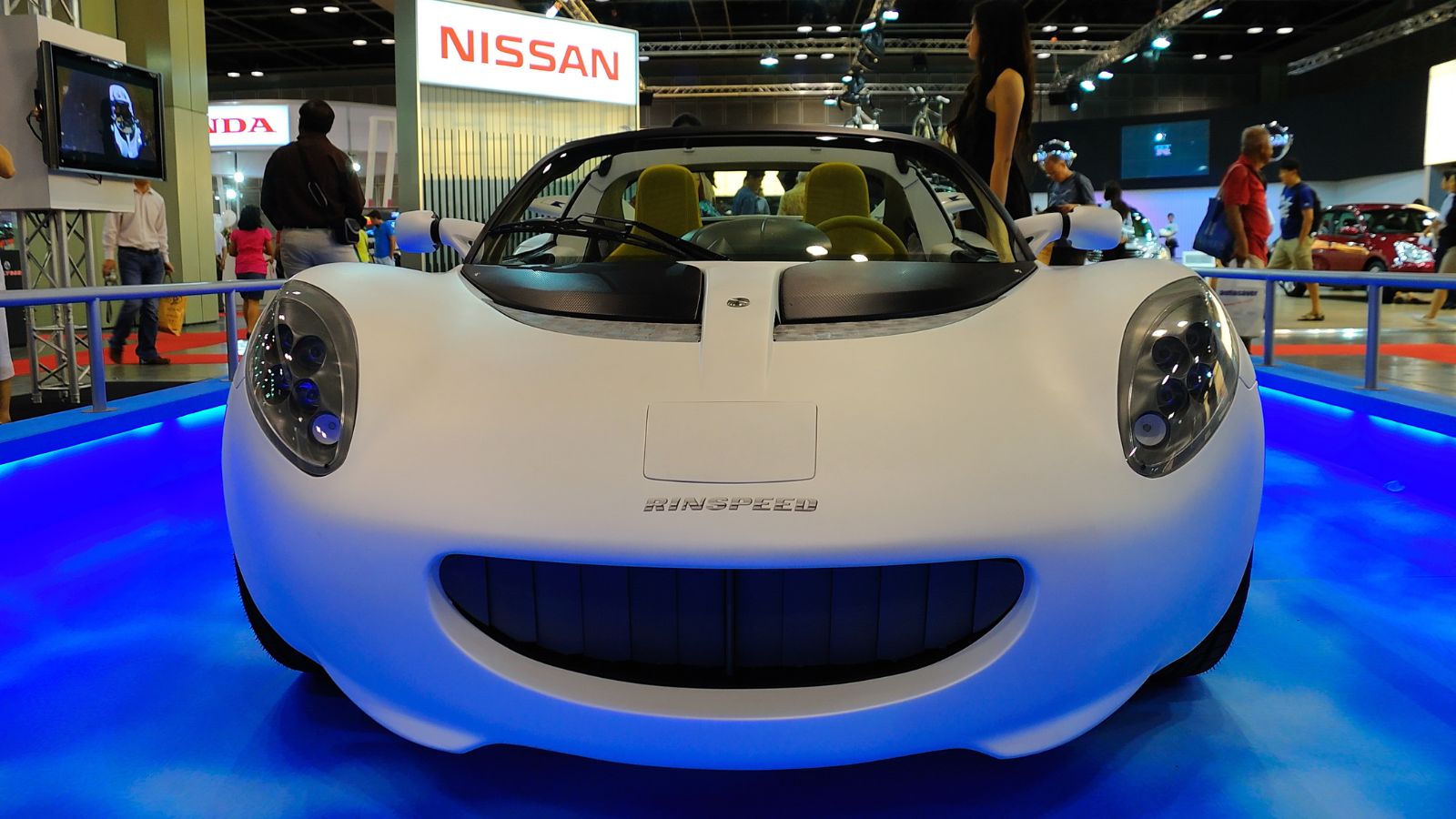
Unlike amphibious vehicles, the Rinspeed sQuba has a complex system of shifting from land to water. It is still a concept car unavailable for commercial use but uses a watertight seal and electric motors for its underwater operation. Inspired by the James Bond film The Spy Who Loved Me, the concept includes diving underwater. The three electric motors help it reach a top speed of 75 mph on land and 3.7 mph and 1.8 mph on water and underwater, respectively.
Hydra Spyder
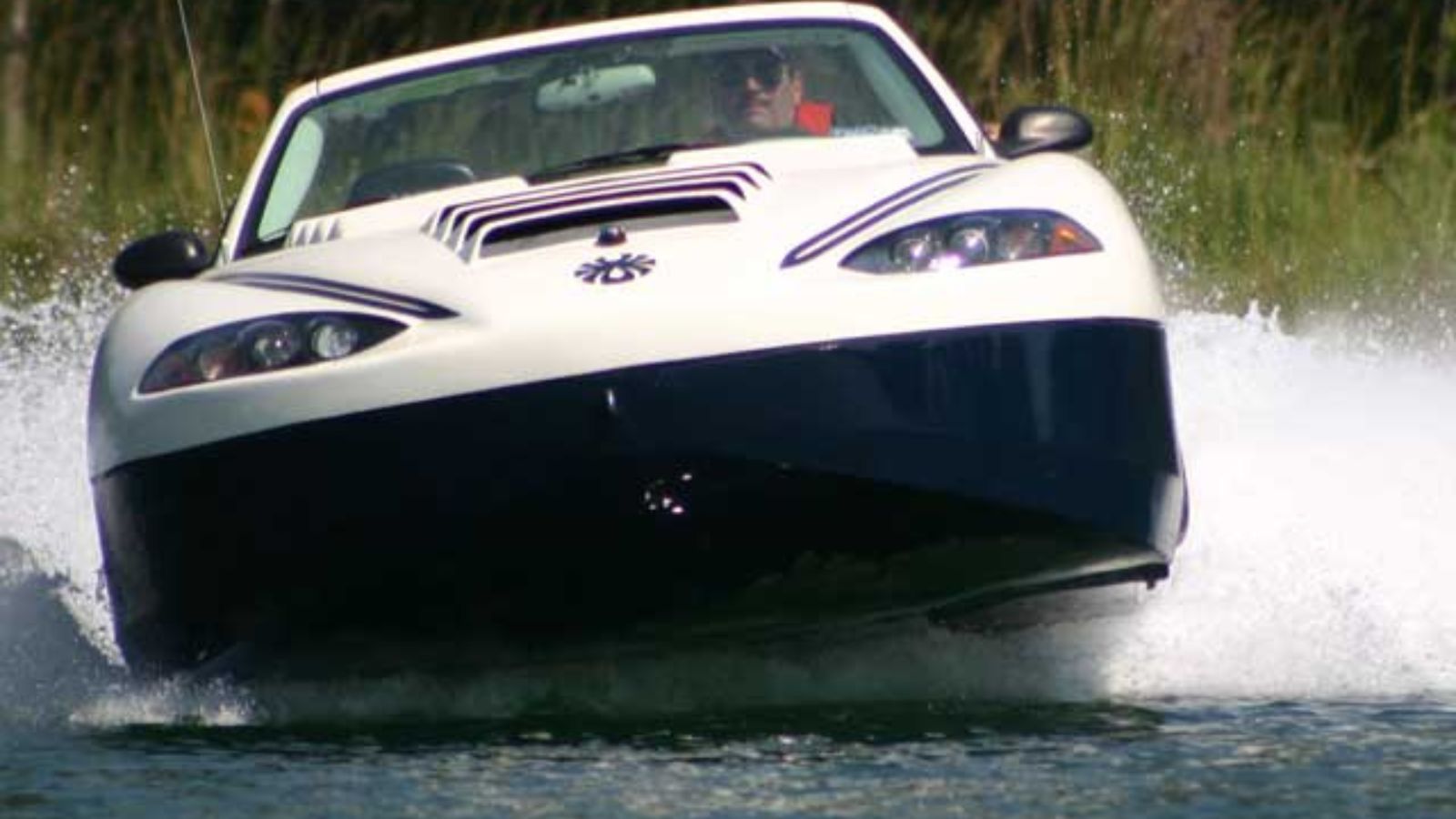
An extreme sports amphibious vehicle, the Hydra Spyder can seamlessly transition from land to water. Equipped with a powerful 6.0-liter LS2 V8 engine, the vehicle can achieve 125 mph on land, faster than some average city vehicles. In water, the vehicle can achieve a speed of 53 mph, credited to its aerodynamic design and lightweight contraction. Assisted by a hydraulic system and water propulsion system for seamless transition, this vehicle provides a powerful experience on land and in water.
Gibbs Humdinga
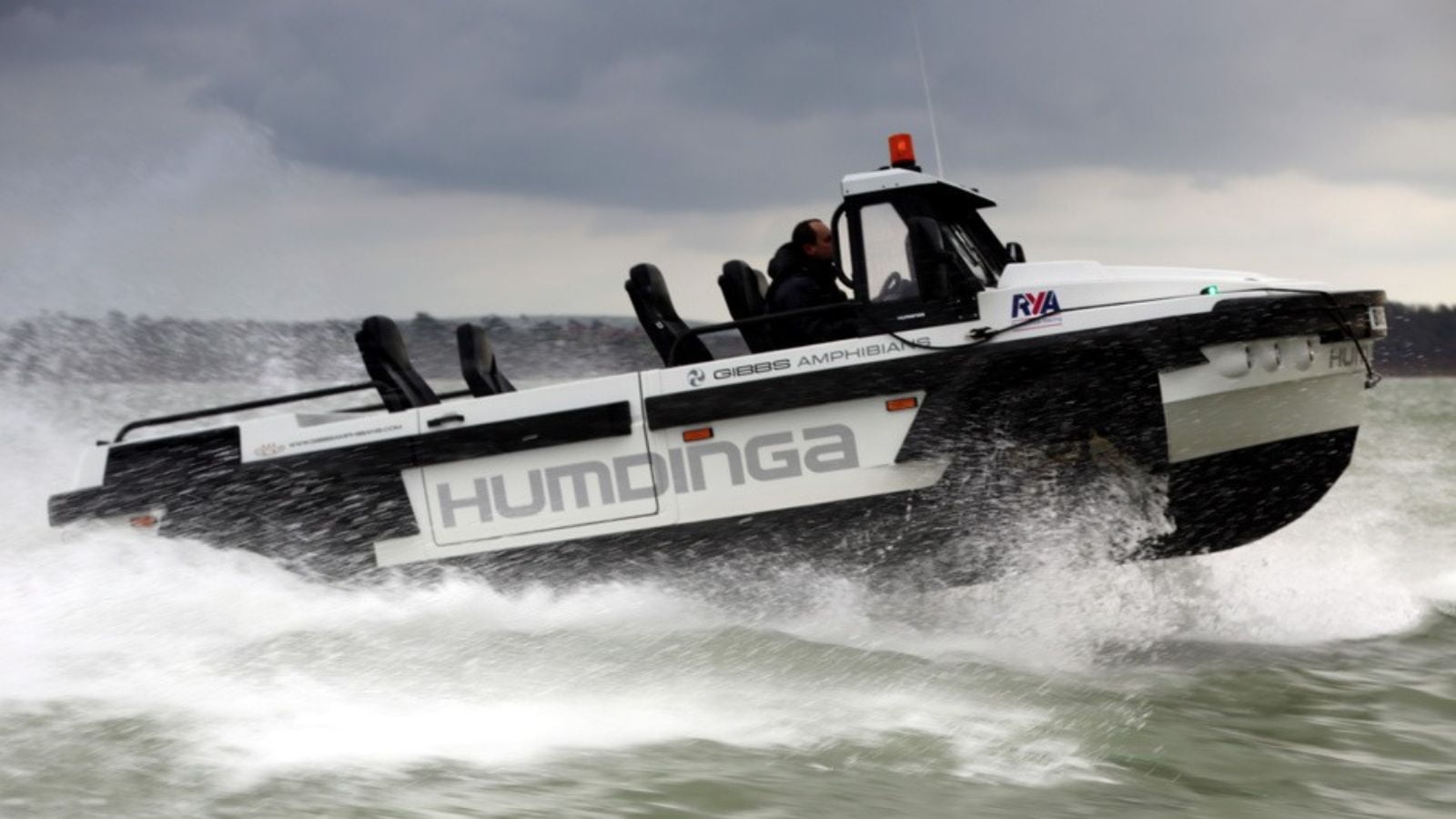
Reaching new heights of innovation in the amphibious vehicles category, the Gibbs Humdinga is essentially a truck. It can seamlessly move between land and water. Powered by a 3.5-liter V8 engine, the high-speed Amphibian technology allows it to reach 80 mph on land and 30 mph on water. This vehicle will be handy in water missions and travels and can carry up to six passengers with ample cargo space.
Sealegs Amphibious Boat
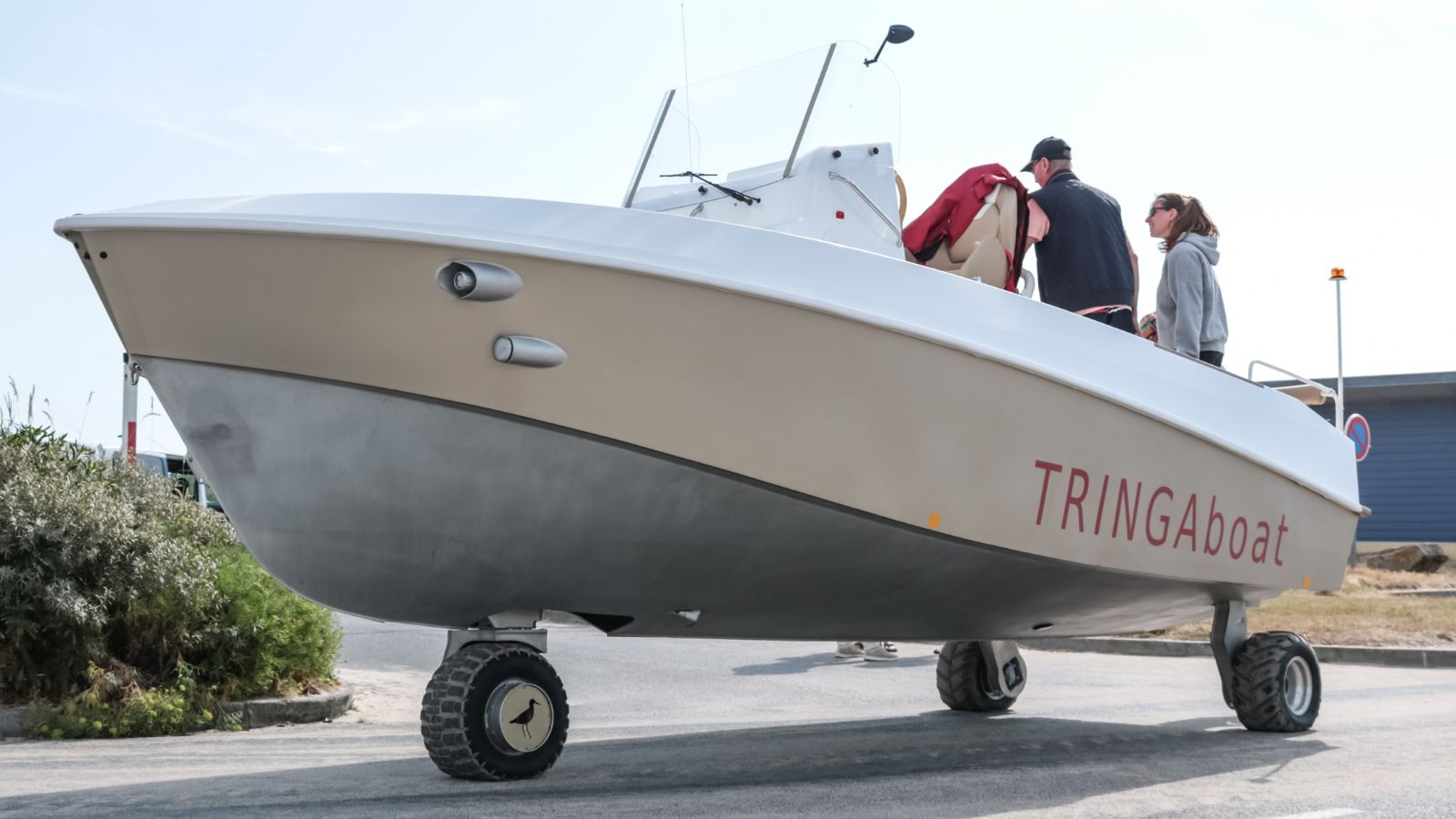
The Sealegs Amphibious Boat is an amphibious vehicle in the form of a “boat.” Its top speed is only 7 mph on land, but it archives around 40 knots on water. Its highlight is its ability to operate both on land and water seamlessly. Powered by a 150hp outboard engine, the core feature of this vehicle is its hydraulic wheel system, which allows it to navigate both terrains.
Iguana 29
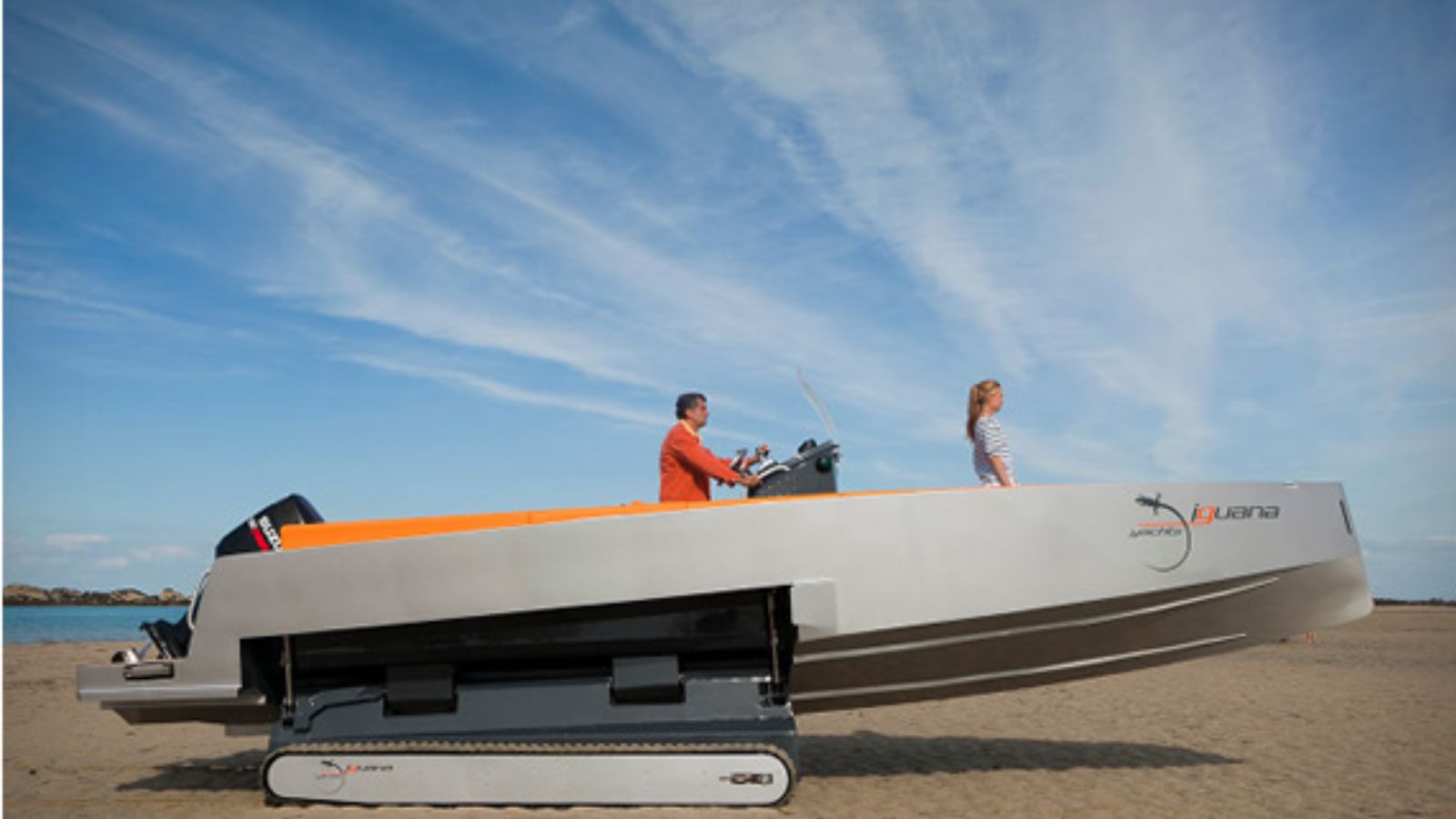
With high performance on land and water alike, the Iguana 29 is a luxury category, primarily involving boats and yachts. The transition system is simple and efficient, the wheels being treated as they step into the water. Used by private island owners and high-profile citizens, this vehicle can reach a top speed of 47 knots in water. It is simple to store due to its mobility on land and can quickly disembark on beaches, mud terrains, and rocky surfaces.
11 Cars that are Known for Breaking Down Regularly

No car company wants to deliver a dud. However, even though companies try their best to deliver excellent cars, some cars turn out to be lemons, breaking down frequently. This creates problems for both the consumer and the manufacturer.
11 Cars that are Known for Breaking Down Regularly
